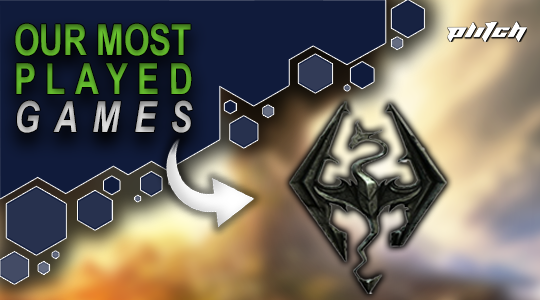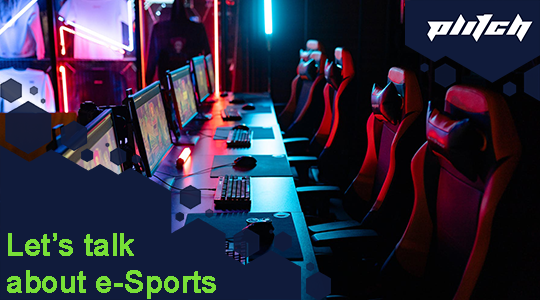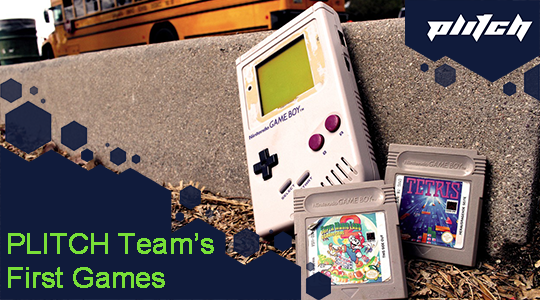Just because you love something doesn’t mean that you’re good at it or that you even have the time to dedicate to getting good! Video games are a great example of this, as you might have dreams of becoming a gaming legend, but get frustrated every time you hit that one point in a level.
That’s the case with Robert Maroschik, and it is one of the main inspirations that led him to co-found MegaDev and create PLITCH.
PLITCH is software that allows gamers to easily tailor their favorite games (it includes an ever-increasing list of over 3,700 PC games) to perfectly suit their preferences and optimize their single-player game experience. From codes that grant immortality to those that increase the difficulty through ammo reduction, there’s a lot of variety on display.
Rob took time out of his busy schedule to share some insights on his favorite codes, his quest to make gaming more accessible, and how the tiger in Tomb Raider III: Adventures of Lara Croft still haunts him to this day.
What was your first experience using customization options in video games?
Robert Maroschik: When I was 12 years old I got my dad Tigershark for Christmas, which really meant that I got it for myself because I was the one playing it. It was a super silly game, where you command a submarine named Tigershark through the ocean, fighting enemies and things like that.
I always ran out of ammunition and had to look for more ammo on the bottom of the ocean which was super annoying. The fights were cool, and the graphics were alright but everything else just kind of sucked. Then I found an unlimited ammo code and it was like everything clicked together. It made the game playable and is the main reason why I look back upon it so fondly.
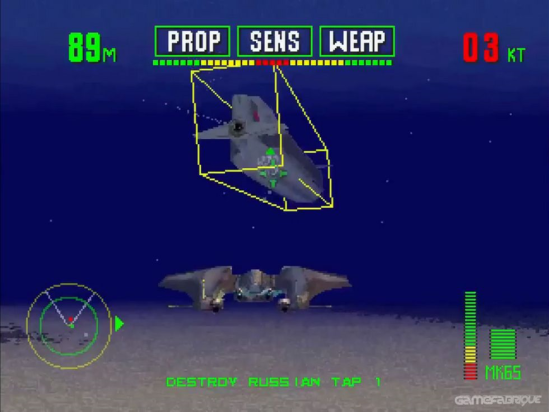
What’s the hardest single-player game that you played growing up?
Rob: The hardest single-player game that I played was Tomb Raider III from 1998. I got stuck on the very first level. At the start, you’re stuck in a temple in the jungle and you have to find your way out. I remember there being a tiger somewhere that you have to kill and I just didn’t manage to.
I was so happy when I got the game for Christmas. I was like “Yay! Lara Croft! all my friends are playing this game!” I started the level and the freaking tiger bit my arm off and that was the end of my time with the game. Hate it with a passion.
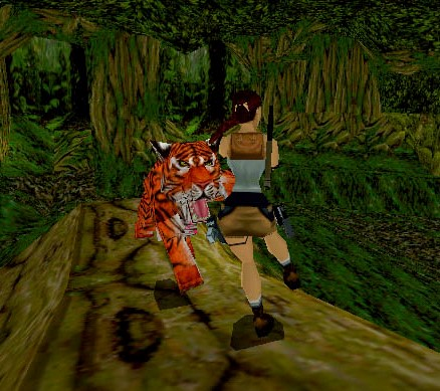
What’s your favorite PLITCH code?
Rob: I really love Witcher 3 but I hate the fighting mechanics. I think they’re annoying. I read the novels and am a huge fan of the great setting that Witcher 3 takes place in but I find the combat mechanics to be cumbersome.
With PLITCH you can give yourself Godmode now and then, or One-Hit-Kill, and it saves you from a lot of hassle while letting you just enjoy the story. There’s so much to explore. It’s a game that you can beat without using a PLITCH code but using them changed my entire gaming experience and made it far more fun.
In addition to PLITCH codes that make games easier there are a number of codes that make games harder. What do you see as the potential of these hardcore codes going forward?
Rob: The cool thing with PLITCH is that you can build your own single-player training room environment. You can practice the hardest mode in a game but turn on Godmode so that you can train against a difficult foe without having to constantly respawn.
From there you can change the criteria again by keeping Godmode but making yourself reload slower, or have a smaller ammo pool. You can make the AI quicker and work on your response time and ability to adapt. We’re the only third-party software in the world that can do that.
As an example, in Formula One we have codes that can limit the gears which your car and your competition use. You can practice playing in easy mode but with your gear limit set to three and your competition uncapped, which transforms the game into a real training opportunity.
Since you’re locked in a lower gear, the competition will catch up to you on the straights immediately, adding intensity to the race while encouraging you to become better at turning. You can also do the other way around where you increase the difficulty level but lock the competition in third gear.
That way, they’ll probably catch up to you on turns but you will have the advantage on the straight. You can tweak it the way you want and get better at your favorite games at your own pace.
We’ve also got some exciting additions coming soon to PLITCH that focus on the training potential of the software.
How do you approach the process of bringing games to PLITCH and potentially altering the developer’s original vision?
Rob: Developers are artists and artists create things with a goal in mind. You want people to feel certain emotions and appreciate what you’ve created but it’s up to the person viewing the art to decide what it means to them.
Not everyone responds to every piece of art and it’s the same with games. The developers of Dark Souls III, for example, wanted to build a game that’s challenging, however, they also gave the game a really cool story too.
Thinking about all those people who, like myself, are impatient, or are bad at games, or just don’t have time to grind a boss for hours — why would they buy Dark Souls III and if they did, how could they even enjoy it? For these players, the fact that there’s no easy mode means that they’re not in the target group.
But just because a game is not made with your gameplay abilities in mind does that mean that you should refrain from buying it? Is this what the developer wants? Less money? Fewer people being able to enjoy their art? No, it’s not and it’s wrong. We give a unique experience by enabling people that are not initially intended to play a certain game, the chance to play games.
Where do you see the potential of PLITCH as an accessibility tool?
I see a need for greater accessibility in the games industry and I think that PLITCH is a great tool to help with that. The fact is accessibility in video games isn’t close to good enough at the moment.
Sure, some games do well in this area, like the Last of Us Part II, but overall the industry is behind. We have physically limited users who use PLITCH to play games and our goal is to enable more people to play games.
When people say to us that they don’t want their games to be more accessible, that doesn’t sit right with us. Gaming should be enjoyed by all.
What is the biggest misconception that you face with PLITCH?
Rob: I think there’s a bit of a disconnect where people assume that because PLITCH is modifying a game that this is a negative thing. I would agree with them, if we were talking about a multiplayer setting, but our mantra from the beginning has been, “Never f*****g touch multiplayer,” because it breaks the integrity of competitive gaming.
But if you do it by yourself in single-player games then it’s disingenuous to call these customization options bad and to criticize people for not doing the full challenge. People have their own reasons as to why they may want to make a game easier or earn currency faster.
What I really want people to understand is that PLITCH is not meant to be a way to cheat the game, it’s about giving players a way to personalize their experience with a game and make it better for them.

The pandemic has led to many new gamers entering the industry. How do you see PLITCH as a potential asset for these new gamers?
Rob: I absolutely see it as a valuable tool for new gamers. Going back to Dark Souls, playing it as a casual gamer is incredibly difficult and you almost have to be a masochist to do so, but you can enjoy it with PLITCH.
If you’re a casual gamer playing Cyberpunk, which has 60-70 hours of gameplay and you play for one-to-three hours per week, then that’s going to take you at least 20-weeks to beat just one game. That’s half a year playing basically nothing else in your spare time. PLITCH can help you get through it faster and allow you to enjoy the game more. Also remember you can always turn off PLITCH whenever you like.
A lot of our customers play the game with or without codes for the first time and then play it again without, respectively with them. If they used PLITCH the first time then they may want to try a run without it, which adds a great deal of replay value to practically all titles.
I’ve had many games that I played and loved but simply don’t want to play again because of the grinding that’s required. With PLITCH the grind disappears and you can just enjoy the game.
What do you want for the future of PLITCH?
Rob: From a long-term perspective, we want to build the word PLITCH into a verb for all that we do here. We’re talking about game customization. We’re talking about changing options. But, really, we’re talking about a positive experience — one that lets you enjoy your games to the fullest.

